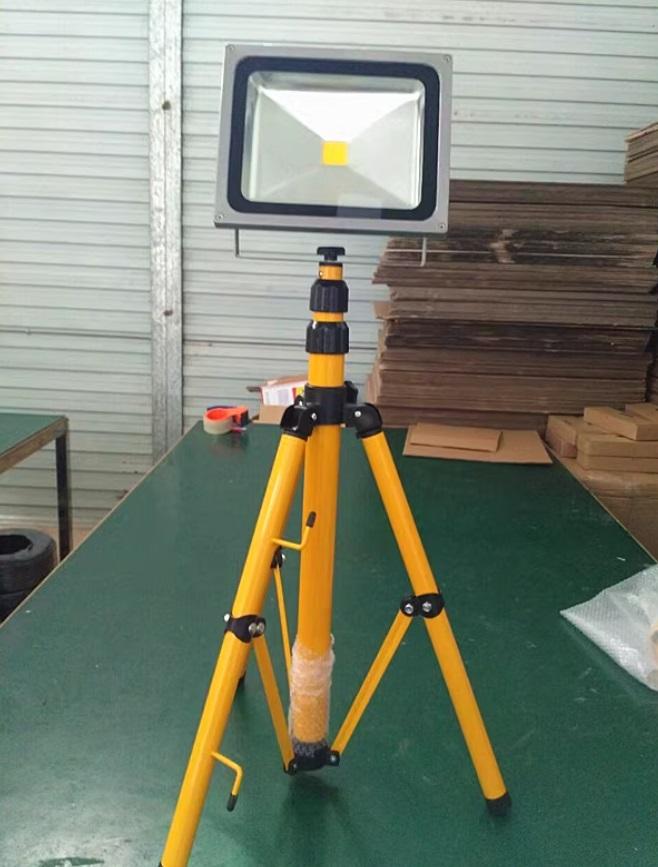RFID cards are electronic devices used to store and transmit data, but they can be vulnerable to hacking, interference, and can be difficult to protect.
This article provides an in-depth explanation of the workings of RFID cards.
What are RFID cards?
RFID cards are a type of contactless smart card that uses radio frequency waves to wirelessly transmit data. These cards contain an RFID chip and an antenna, allowing them to communicate with RFID readers or scanners within close proximity.
RFID cards are commonly used for access control systems, transportation fare payment systems (such as contactless payment cards for public transportation), inventory tracking, and identification purposes. They offer convenience and speed compared to traditional magnetic stripe cards because they don't require physical contact with a reader and can be read through wallets or pockets. However, concerns about security and privacy have been raised due to the potential for unauthorized scanning and tracking of RFID-enabled cards.
How do RFID cards work?
RFID cards work through a process of wireless communication between the RFID card and an RFID reader or scanner. Here's a basic overview of how they work:
- RFID Tag. The RFID card contains an RFID tag, which consists of an RFID chip and an antenna. The chip stores information such as a unique identifier or other data.
- RFID Reader/Scanner. The RFID reader or scanner emits radio frequency (RF) waves via its antenna. These waves power the RFID chip in the card and enable it to transmit data back to the reader.
- Wireless Communication. When the RFID card comes within range of the RFID reader (typically within a few inches to a few feet, depending on the type of RFID system), the reader emits RF waves that power the RFID chip in the card.
- Data Transmission. Once powered, the RFID chip in the card modulates the RF waves and sends data back to the reader via its antenna. This data may include a unique identifier associated with the card or other information stored on the chip.
- Processing. The RFID reader captures the data transmitted by the RFID card and processes it according to the application's requirements. For example, in an access control system, the reader may compare the unique identifier from the RFID card to a database of authorized users to determine whether access should be granted.
- Action. Based on the processed data, the RFID reader may trigger an action, such as unlocking a door, recording an entry/exit event, deducting a fare from a transportation card, or updating inventory records.
Can RFID cards be hacked?
RFID cards can be hacked or cloned in various ways:
- RFID cards transmit data wirelessly, making them vulnerable to interception and copying by hackers with the right equipment. The main methods of RFID hacking include:
- Long Distance Information Capture: Hackers can use a long-range RFID reader to silently steal the ID information from RFID cards as people walk by. This allows them to capture the card data from a distance without physical contact.
- Cloning/Spoofing: Once the card data is captured, hackers can create a cloned copy of the RFID card that has the same digital ID and access privileges as the original. This allows unauthorized entry.
- Active Jamming: Hackers can generate a stronger signal to jam and block legitimate RFID readers from detecting real RFID cards. This can prevent access control and inventory tracking systems from working properly.
- Eavesdropping: Hackers can use an antenna to eavesdrop and record the communications between RFID tags and readers, gathering data to plan bigger attacks.
The older 125kHz RFID cards like EM4100 that lacked encryption were especially vulnerable, as their data could be easily read and copied onto blank cards using cheap RFID writer tools. Even modern 13.56MHz RFID cards can potentially be hacked if their encryption is cracked.
So while RFID skimming of credit cards is relatively rare due to low payoff, RFID access control systems do face real security risks that require countermeasures like using encrypted cards, RFID shielding, and penetration testing.
What are some ways to protect RFID cards from hacking?
There are several ways to protect RFID cards from being hacked. By employing a combination of these protective measures, organizations and individuals can significantly reduce the risk of RFID card hacking and data theft.
1. Use RFID-blocking wallets or sleeves
These special wallets or sleeves contain a metallic lining that blocks RFID signals, preventing unauthorized reading or skimming of the card data. This is one of the easiest and most effective countermeasures.
2. Keep RFID cards separated
Storing multiple RFID cards together in a wallet or purse can make it harder for hackers to isolate and read any single card's signal. Keeping them separated increases protection.
3. Use encrypted RFID cards
Some modern RFID cards use encryption to secure the data transmission, making it much harder for hackers to clone or spoof the cards even if they capture the signal.
4. Opt for passive RFID cards
Passive RFID cards have a weaker signal and shorter read range compared to active cards, requiring hackers to get physically closer to successfully skim the data.
5. Enable RFID card security features
Many banks offer the ability to set transaction limits, receive alerts for unusual activity, and other security features that can help detect and prevent RFID hacking attempts.
6. Conduct penetration testing
Having skilled security professionals attempt to hack your RFID systems can identify vulnerabilities that need to be addressed.
7. Implement access control protocols
Setting up access control systems to prevent duplicate entries of the same RFID card can stop hackers from using cloned cards.
8. Use RFID cards with other security layers
Combining RFID with additional authentication methods like PINs, biometrics, or security cameras makes it much harder for hackers to bypass security through RFID hacking alone.

